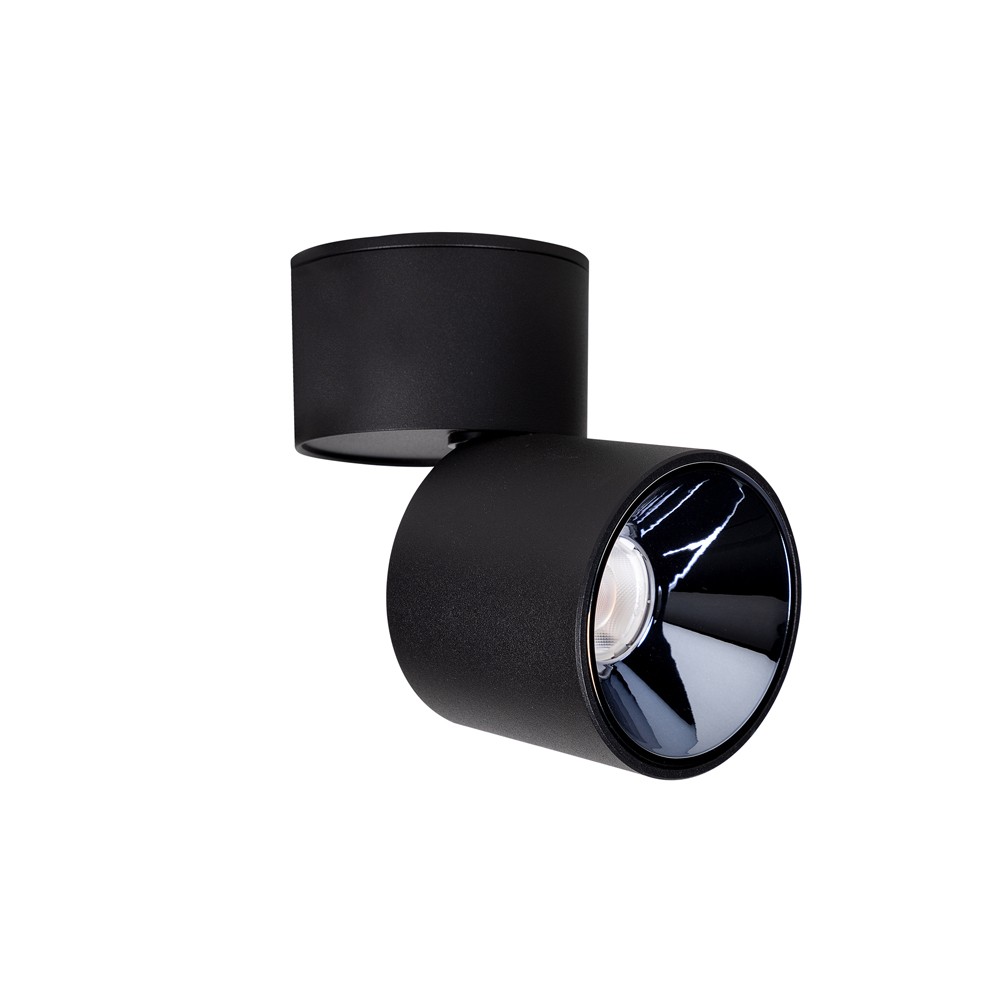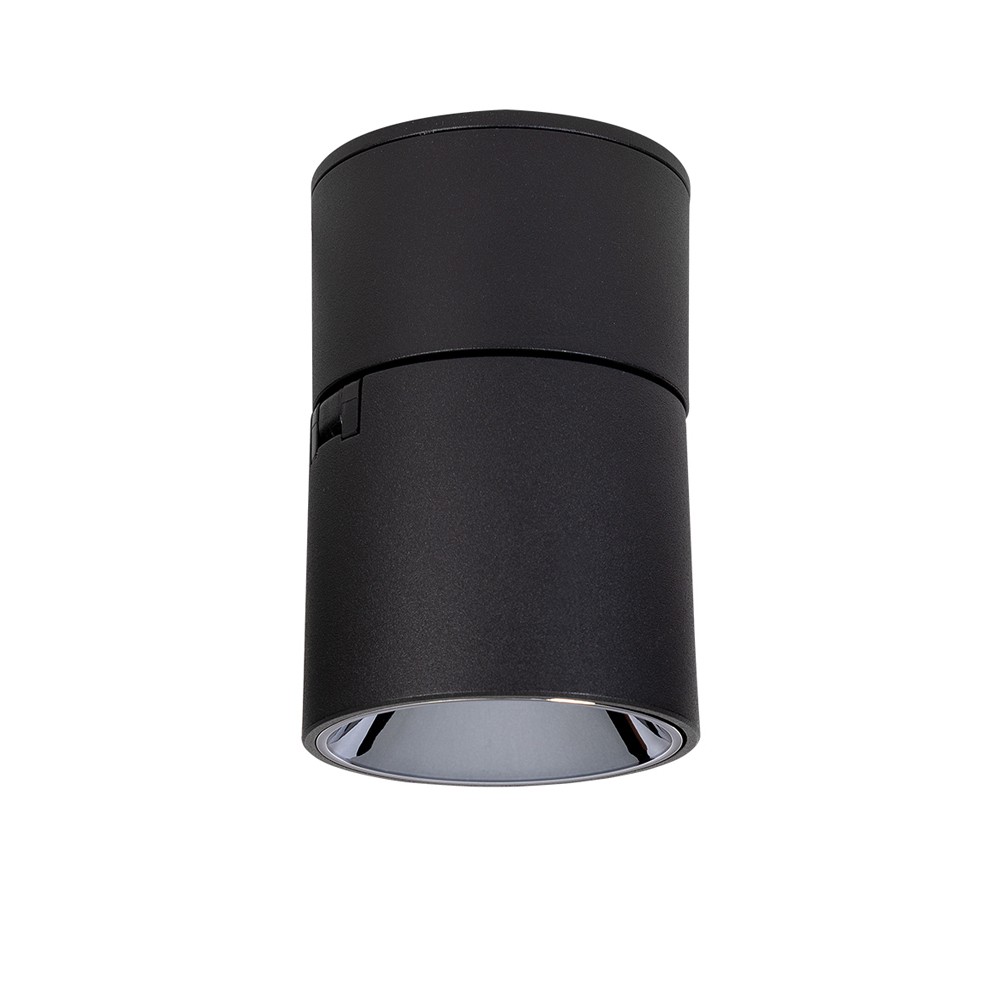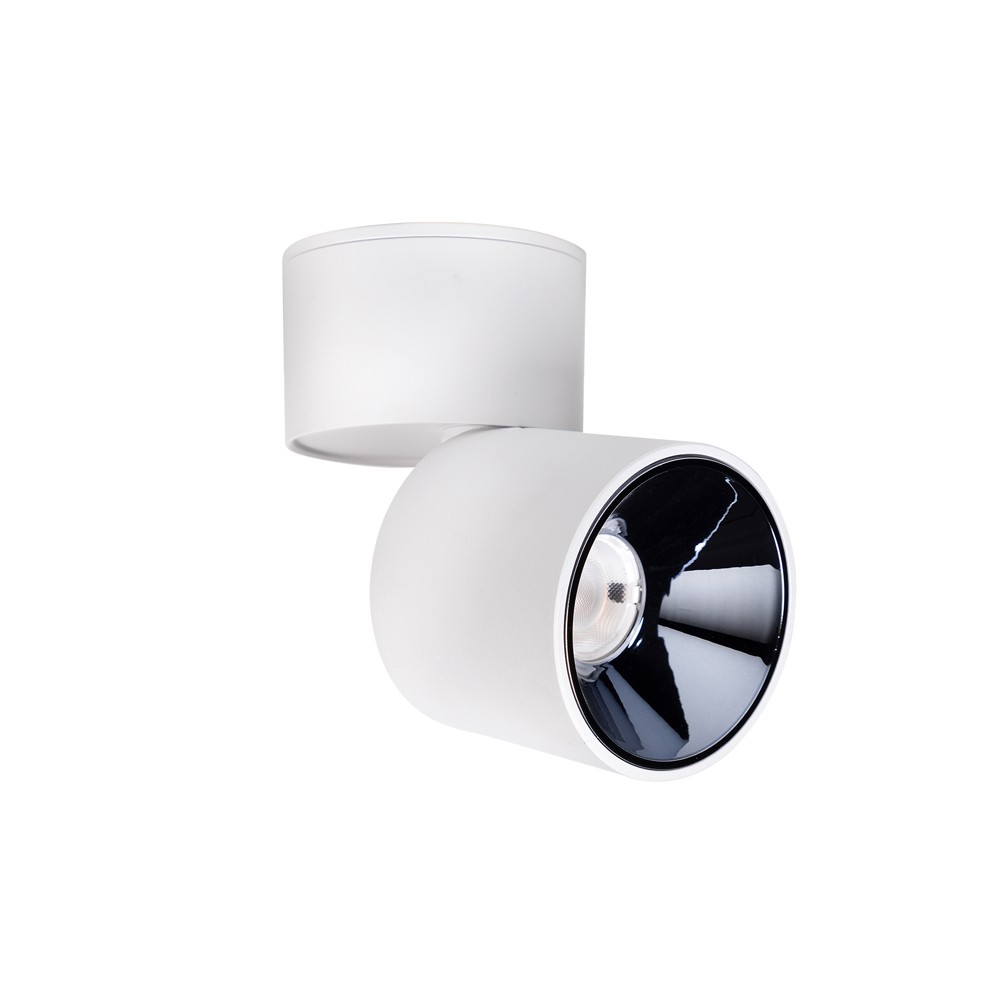As you know, LED lamps are used in many places today due to the benefits of LED lighting such as energy saving, long life, no heat generation, light control ability, environmental protection, etc. If you want to know how long the lifespan of these lamps is and what factors affect this lifespan, stay with us.
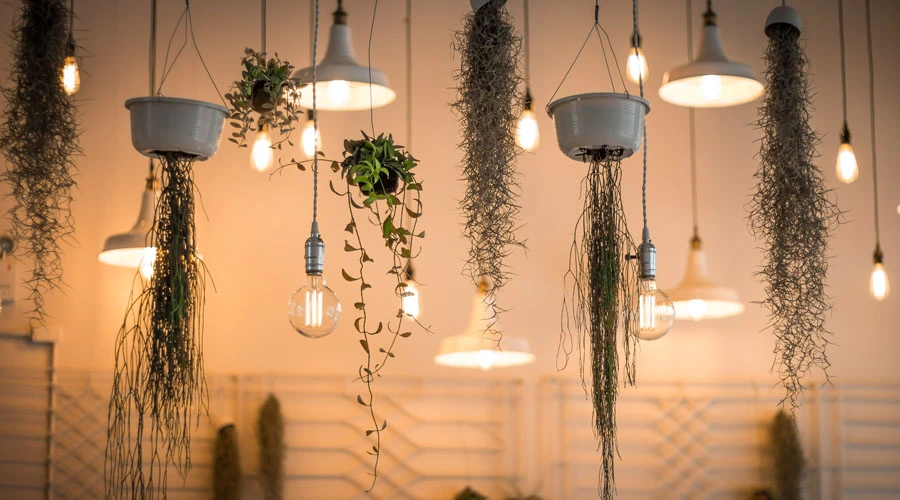
What factors affect the LED lifespan?
Many factors affect LED lifespan. Some of these factors are more effective and, LED lifespan can be increased to a great extent. The following are related to increasing LED durability, and there are other ways to increase the life of low-energy lamps, incandescent lamps, halogen lamps, etc.
The factors that affect the LED light lifespan are as follows:
Application of the lamp and its type
There are different types of LED lamps. Some of them are used for domestic and industrial purposes, and others are used for special applications that affect the life of the lamp.
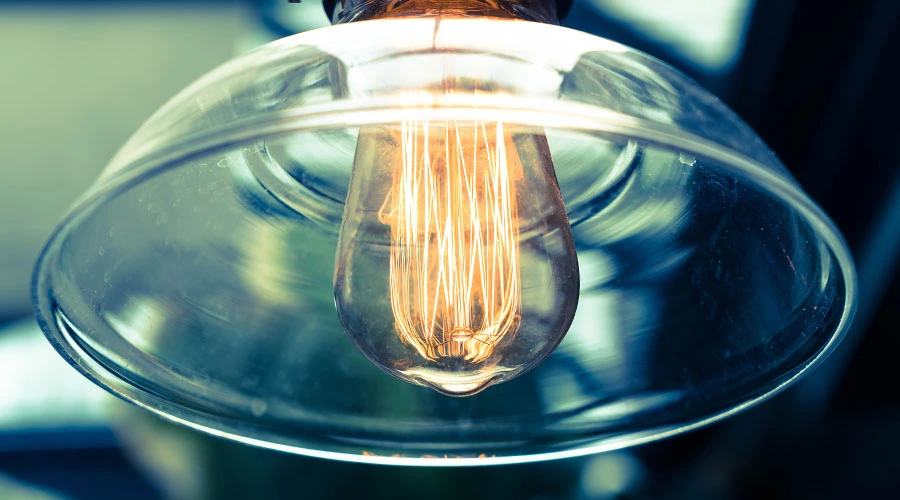
environment and its conditions
The presence of conditions such as humidity, direct sunlight, very high or very low-temperature points and dust in the environment can affect LED light lifespan.
Management and control of produced heat
Heat is one of the factors that shorten the lifespan of various lamps. The LED lamp is also one of those lamps whose components are damaged by high heat and may not perform well in hot weather. The life of the LED lamp is shorter in very hot and humid weather.
In all lamps, some energy is released as heat. The amount of heat in some lamps is high and in some of them, it is less. The lamp that produces the least amount of heat is the LED lamp. This is the main reason for the long LED lifespan. However, heat release over time destroys some light-emitting diodes and light generators. As a result, some of the light of the lamp is reduced.
Weather and environmental conditions
Many factors in the environment can affect the life of the LED lamp. In general, lamps are affected by various environmental factors. Observing the tips related to weather conditions increases the life of the LED lamp. If you are going to use the LED lamp in an outdoor environment, pay attention to the degree of protection and IP of the product. The following factors in the environment affect the lifespan of this lamp:
The temperature
The temperature in the environment and the internal components of the lamp and high temperature have a great impact on LED durability and reduce its life. To increase the life of the lamp in such environments, you must use a suitable fan.
humidity
Air humidity can also have a huge impact. If the air humidity is high, the parts inside the lamp will rot and corrode. Because of this, the life of the lamp is reduced.
It should be noted that in harsh environmental conditions, it is better to use lamps with a high degree of protection. IP lamps are resistant to moisture, heat and cold.
Acidic environment
In some places where the LED lamp is installed, some chemicals can affect the life of the lamp. The amount of acid and other chemicals in some factories, pools, etc. is high. For this reason, the lamps installed in these places have a shorter lifespan.
Acid and other chemical compounds affect the parts of the lamp and cause its destruction.
The quality of the LED bulbs
The quality of materials and parts used in the production of LED bulbs affects their quality and lifespan, and the use of low-quality materials reduces the LED lifespan.
Lamp efficiency
The number of hours the lamp is on has a direct effect on its lifespan. Therefore, to increase the life of the lamp, avoid leaving the lamp on without use.
Considering the things that have been said, it can be concluded that the use of quality LED lamps and proper management of the environment where the LED lamp is located can increase the LED lifespan and save costs.
How long is the LED bulb lifespan?
The LED lifespan is the period that a lamp produces and works under standard conditions. LED lamps usually have a much longer lifespan than fluorescent lamps and previous generation lamps, but the factors mentioned may also affect their lifespan. LED bulb lifespan is usually between 20,000 and 50,000 hours, but this amount may be more than 50,000 hours in special and quality lamps. Manufacturers of LED lamps usually provide a guarantee for the lifetime of their products, which is considered a reliable measure and can be relied upon.
The performance of LED lamps
One of the factors that increase LED lifespan is the way these lamps work. Unlike the old ones, Mercury and its vapour are not used in the structure of these lamps. For this reason, not much heat is produced.
Lifespan of fluorescent lamp
Fluorescent lamps also burn. In the structure of this model of lamps, mercury gas, and special and fluorescent electrodes are used. The lighting of these lamps requires the heating of mercury gas. Over time, the temperature of mercury gas becomes higher than the permissible limit and this heat causes damage to the electrodes inside the lamp.
benefits of LED lighting
what is LED? The LED lamp has a unique structure. These products use light-emitting diodes that generate very little heat. As a result, this amount of heat does not cause any damage to different parts of the lamp and is removed from it. Therefore, LED lifespan is longer than other lamps and is used in indoor lighting and outdoors. The manufacturers of these products remove the heat generated from the lamp by two active and passive methods.
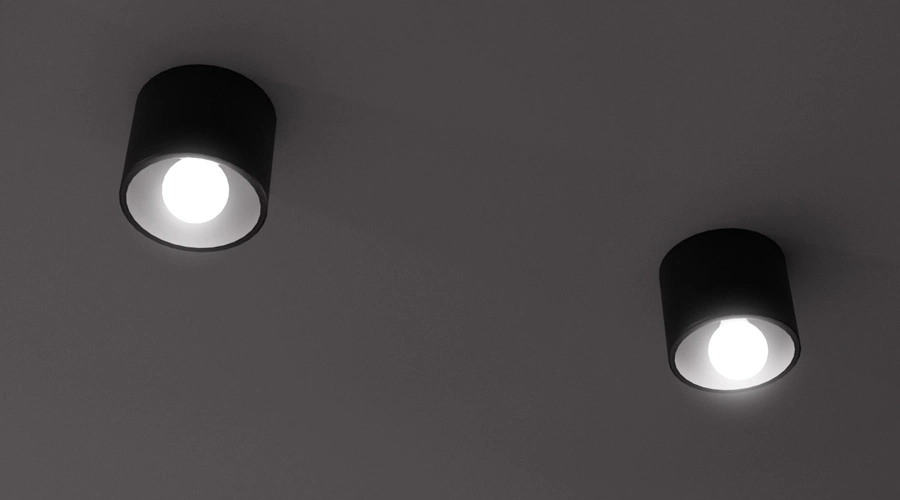
In these methods, equipment such as fans, coolers, and special heat sinks are used to dissipate heat and increase the useful life of the lamp. The dimensions of these heat sinks are also tiny and depend on the lamp's dimensions. In a small LED lamp, these heat sinks are very small.
On the other hand, these lamps do not have vulnerable parts such as electrodes, mercury gases, etc. For this reason, these products have no harm to the environment and human health because no harmful raw materials such as mercury are used in their structure.
LED lamp failure
The only drawback of these lamps is that light decreases over time. Of course, this amount is very low. For this reason, many companies producing LED lamps specify the amount of light loss.
For example, on some boxes of these lamps, the number 70/50000 is written. This expression indicates that after 50,000 hours, this lamp can produce 70% of the light it produced at the beginning.
Internal components and drives
One of the major factors in increasing the lifespan of LED lamps is the type of components and the quality of controllers and drives. These devices play an important role in the lamp. The supply of electric current in the lamp is the responsibility of this equipment.
energy source
The energy required to turn on the lamps is city electricity, which is provided after installation and switching. Connecting the lamp to the wrong voltage reduces the lifespan of the LED lamp. Before installing and operating all electrical appliances, you should check the energy rating and voltage required by them.
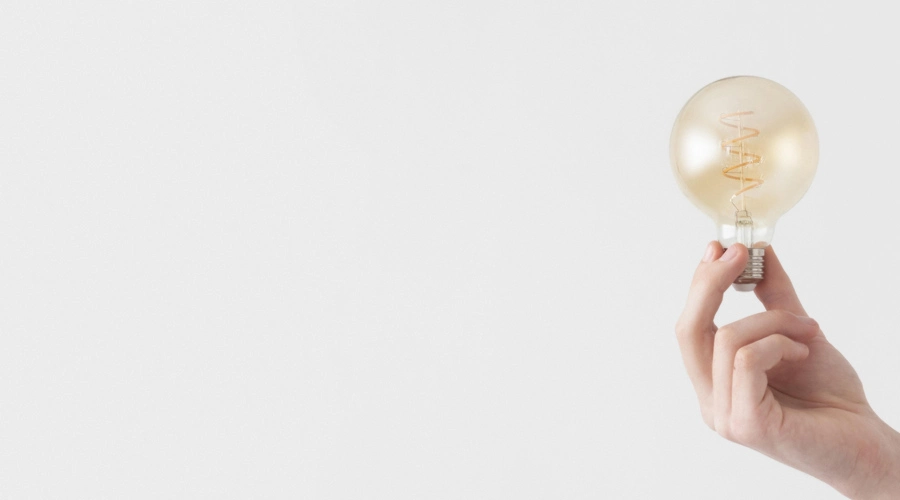
How is LED lamp life measured?
One of the most important issues during the lifetime of this type of lamp is how to measure it. Unlike traditional lamps, these lamps do not burn out quickly and only their brightness gradually decreases with time. Therefore, the lifespan of LED equipment is calculated differently.
Manufacturers use the luminance parameter to determine the lifespan of LED lamps. Brightness is the point where the light of the lamp has reached 70% of the initial output. T. The time it takes for the lamp to reach the specified level of brightness is the useful life of the LED lamp. For example, traditional lamps last 1000 hours and LED lamps last several time.
